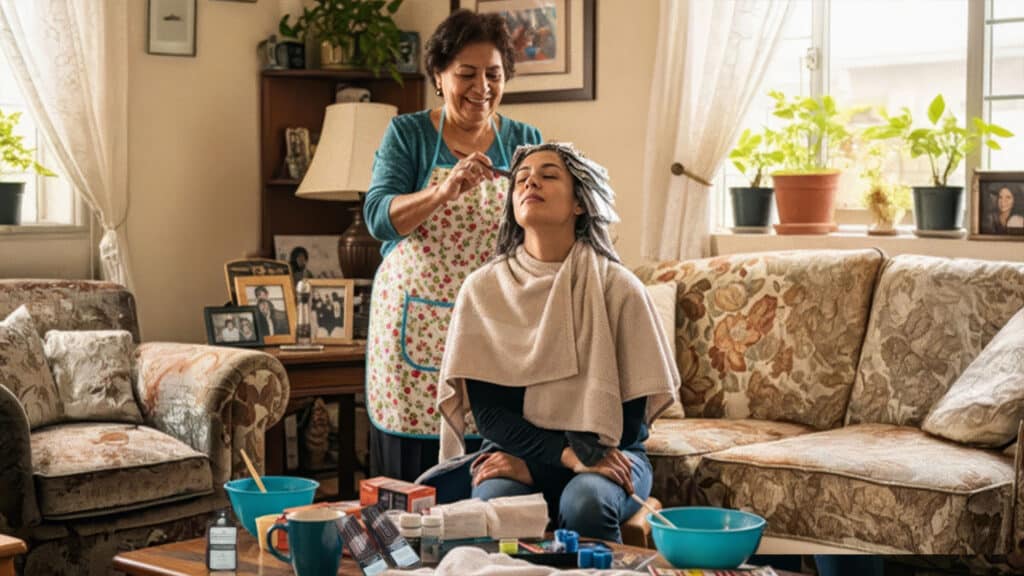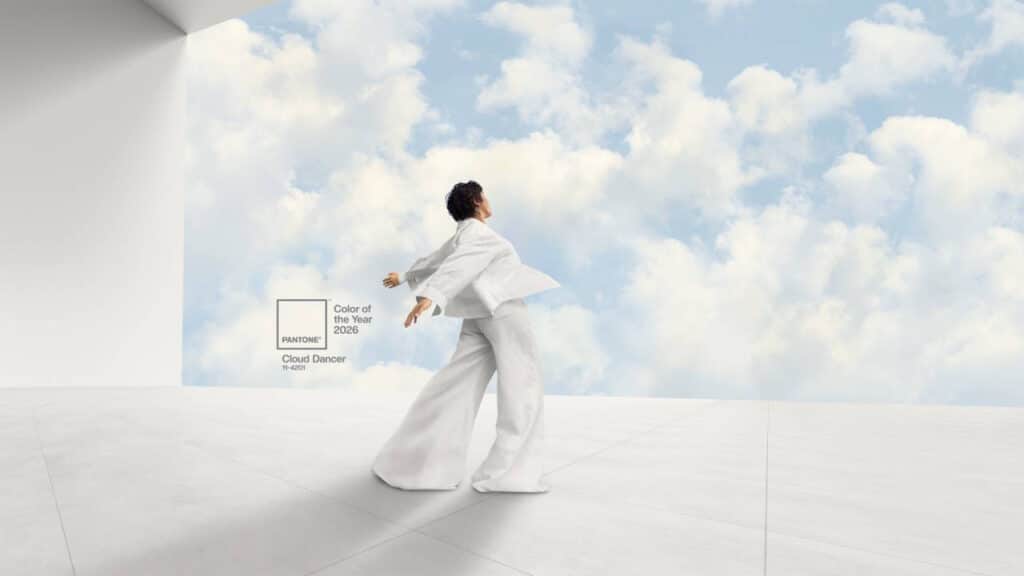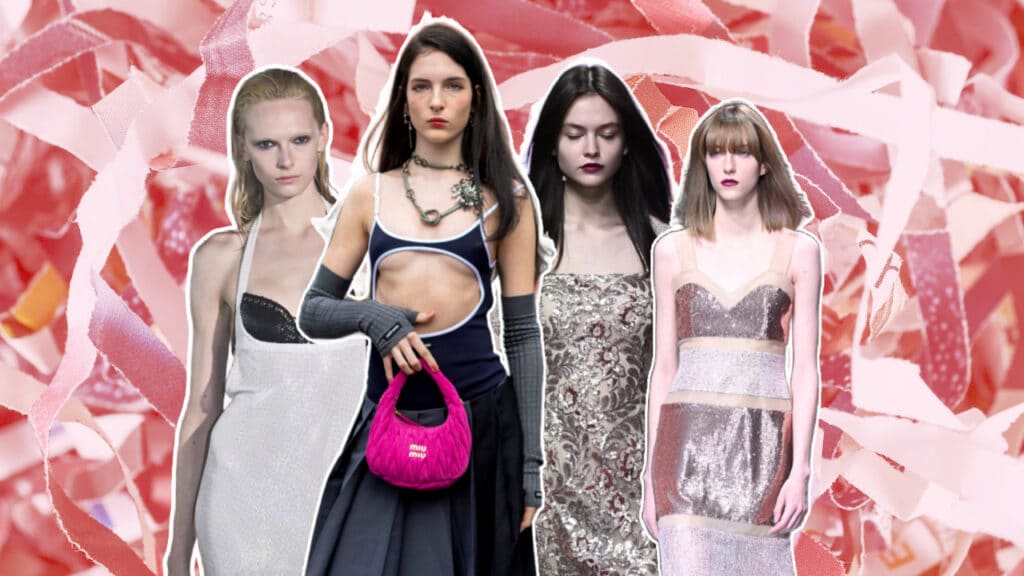From Boleros to Off-The-Shoulder, hispanic fashion Trends that Are Now Iconic
Latinos have profoundly influenced modern-day trends and street styles. From the celebrated Dominican fashion designer Oscar de la Renta to the Venezuelan Carolina Herrera and the Tex-Mex Queen Selena Quintanilla, we have made our mark both on the runway and in everyday fashion.
Selena’s pants at the waist, western belts, and crop tops (don’t forget the red lips) changed a whole generation. De la Renta’s evening wear and suits for women, and Herrera’s wedding dress for Caroline Kennedy are now among popular and famous designs.
But only some know that Latino culture has deep roots in classic styles. These designs are the backbone of many of fashion’s most recognizable sartorial must-haves.
If you open up your closet, it’s a sure bet you have one of these items: Off-the-shoulder blouses, gaucho trousers, boleros, saddlebags, ponchos, Panama hats, and raffia purses.
Some of these owe much to traditional Hispanic Fashion. Latin America’s colonization by the Spanish brought a sense of style molded by flamenco, bullfights, military fashion, and religious garb.
Just think about the inimitable style of the Spanish couturier Cristobal Balenciaga — who was influenced deeply by his Spanish heritage. Then look at De la Renta, who started his career as Balenciaga’s apprentice, and you will see what I mean.
From Christian Dior to Diana Vreeland to John Galiano, Latino trends left an indelible mark on fashionistas and designers
Let’s start with Gaucho Pants, sometimes called culottes — made of leather or cloth and tapered below the knee. But basically, they are Argentinian cowboy gear.

The style is a copy of the Andalusian riding suit worn by the Spanish. Later on, cowboys in Argentina, Chile, and Uruguay adapted it.
These unique trousers became all the rage in the 60s. They have never gone out of fashion since then. At least one pair, soft cloth or leather, should live in your closet. They are comfortable, wide, and calf-length – almost like pajamas and feel like freedom.
Next are saddlebags

Saddlebags or ‘Carriel’ are small leather satchels or bags characteristic of the Aburrá Valley region in Colombia. They are made out of rawhide or nutria fur.
The word carriel comes from the English word “carry-all.” The bag, associated with the paisa culture of the 19th century, has 12 compartments and five hidden ones. It was initially a coffee farmer’s and muleteer’s constant companion. It was designed to allow them to carry money and anything else they needed as they trekked the Andes.
The bags were usually adorned with red, yellow, and green trimmings.

They looked like saddlebags one would put on a horse. Men chiefly carried them over the shoulder. This convenient style, which many women use across the body, was copied by Dior, Valentino, and Gucci. Who can forget Carrie Bradshaw sporting a spectacular one on Sex in the City?

And what would highlight a saddle bag? A Poncho.

The Poncho, a favorite of the British House of Burberry, appeared some 1000 years before Christ, but it is present today on London and New York streets and catwalks and is a staple in any wardrobe.
The classic poncho, popularized in the 70s, is a coat cut from a rectangular fabric with an opening in the middle to put your head through. The thick wool garment falls on the body and allows ease of movement.
Some argue the poncho came from Spain, others from Bolivia, but the weaving people of Mexico probably influenced it. In Peru, the poncho is associated with the pre-Incan cultures of the Incas, the Parascas, and the Nazcas.
Mexican-born Lupita Nyong’o has many outfits that make one stop and look, but this poncho on the streets of New York look is a favorite.

We now come to the Bolero Jacket and are not talking about a slow Latino love song here

The open-front, waist-length Bolero jacket, with its shiny jet beads and silk decorative trimming, originates in the toreadores of Spain. The Bolero, or chaquetilla, was designed for early 19th-century matadores who needed a light, showy, easy-to-take-off garment when they entered the bullring.
One could say it is an enduring legacy in Latin America and the Caribbean of Spanish colonization. In South and Central America, women used to wear it over a dress and tied it tight on the waist with a string, almost like a cardigan.
The British designer John Galliano, born in Gibraltar to a Spanish mother who loved flamenco, gave the bolero its due place. He even fashioned one of soft, red knit. And let’s not forget French designer Yves St. Laurent’s 1980s bolero jacket and Dior’s vintage silver one.
Now, let’s talk about the off-the-shoulder look

Usually adorned by ruffles and accompanied by a pollera skirt, people of mixed Spanish and indigenous descent in Latin America wore it. The climate would determine the cloth it was fashioned from.
French actress Brigitte Bardot might have put her style on the off-the-shoulder look in the 60s – and called the “Bardot,” but it harks to Mexico and mestizo women, even as it dominates catwalks and red carpets today.
Interestingly, off-the-shoulder dresses were all the rage in the early to mid-1800s and popular with Napoleon 111’s Empress Eugenie and her ladies-in-waiting. They all favored dresses by Charles Frederick Worth.
This was about the same time that Napoleon sent Maximilian von Habsburg and his wife, Carlota of Belgium, as the emperor and empress of Mexico. The couple led an opulent life, so who knows if an off-the-shoulder dress seen at a ball became the off-the-shoulder Latino look.
Bring on the Panama Hats
No one gives a hat a just do like Boricua singer and entrepreneur Jennifer Lopez. She single-handedly made the wide-brimmed (the wider, the better) hat a sartorial top posting on any red carpet or Met Gala. So it’s no wonder she also favors a Panama hat, an icon of the Ecuadorean weaving tradition.
Few people know that the Panama hat was never made in Panama. It was made in Ecuador by a community of weavers, often called a weaving family.
The hat owes its name to the construction of the Panama Canal and the construction workers who wore the hats as protection against the punishing sun. The hat got its moniker when the press published photos of President Roosevelt wearing it while overseeing the construction in 1906.

And what goes great with a Panama Hat? A Raffia Bag

The raffia bag comes from the raffia palm, which grows in 20 varieties of trees in Central and South America.
Indigenous artisans across the region have their version of the bag, adding color and shapes depending on tradition and techniques brought down through generations. From the pink Wayuu Basket Bag (from the Wayuu tribe of the northern region of Colombia) to the Mexican handwoven raffia totes, they are the handiest and most comfortable to use during the summer season or all year around.

This summer, the Spanish brand Loewe’s Raffia basket bag was a cult accessory, popular with Gen Z shoppers.
And now, for the Icon of Latino Icons — The Cowboy Boot

We have listed the front line of Latino-influenced fashion classics. However, there are others — like the Camp Shirts of the Caribbean and the precursor of the woven leather fashion sandal — the Mexican huarache — and their modern-day iterations.
Yet, we would be remiss if we didn’t pay special homage to the cowboy boot. No one knows where the shoes came from, although some say their precursor was the Wellington boot, while others swear their origins are the 16th-century Spanish riding shoe.
But it is best believed they came from Northern Mexico, although the Pampa cowboys also wore them. With a distinctive Cuban heel, the footwear worn by Mexican vaqueros (a take on the Spanish 16th-century riding shoe) influenced the boots we see on singer Miley Cyrus or Colombian singer Shakira in her new single — “El Jefe.”




